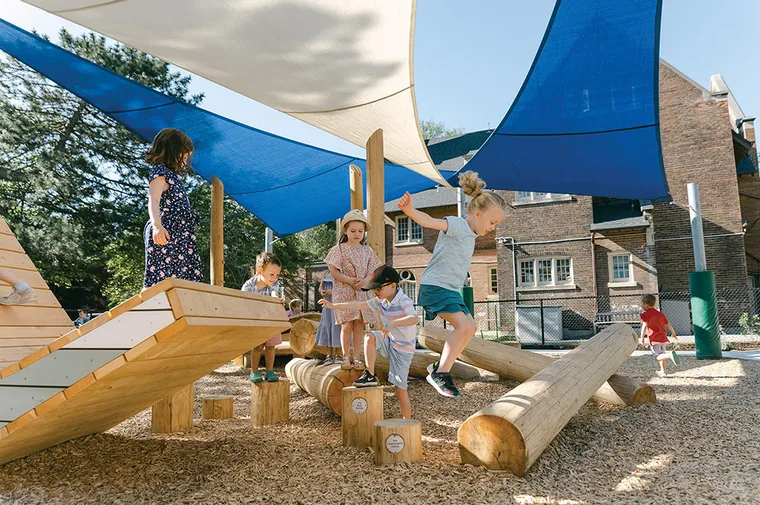With extreme temps becoming the norm, cities and builders find ways to adapt
For the past few summers, new heat records were set almost daily, across the country. The phenomenon suggests no single region is more prone to excessive heat than another. Most municipalities in North America are guaranteed to experience an unprecedented heat wave at some point.
Those high temperatures are especially troubling for little ones who, by virtue of size, are closer to the ground than the average adult and feel the impacts of extreme heat more. At the worst, heat waves on playgrounds can cause injuries, burns, or disengagement from play spaces if there is no way to cool off.


